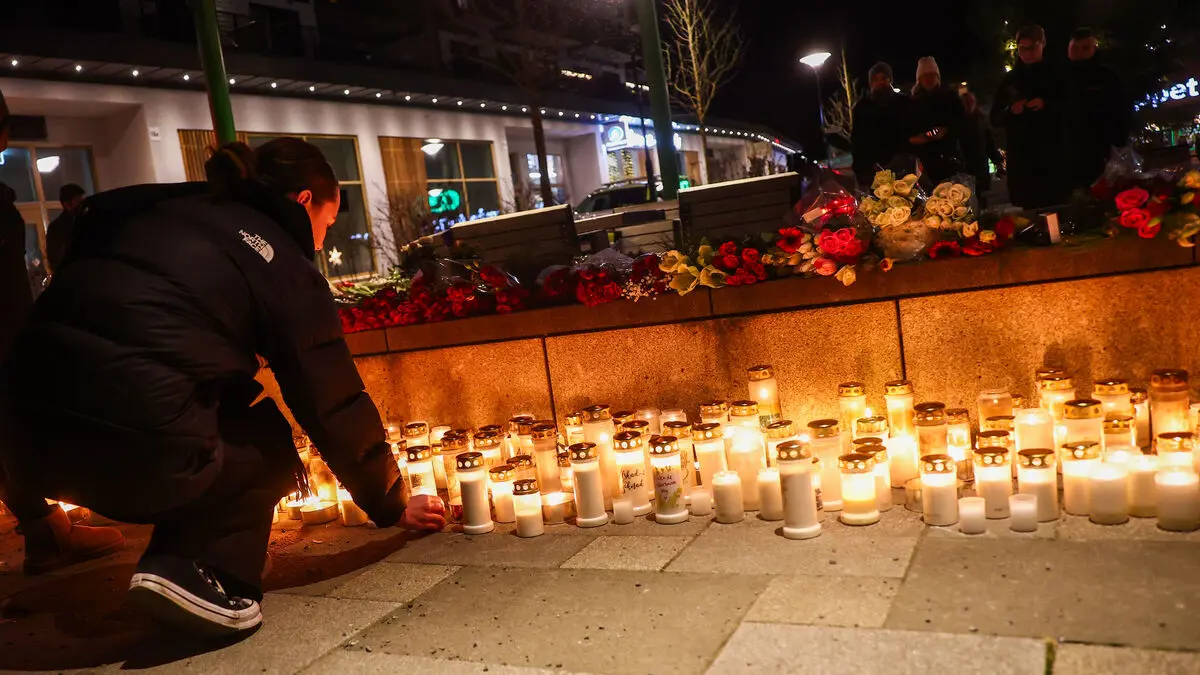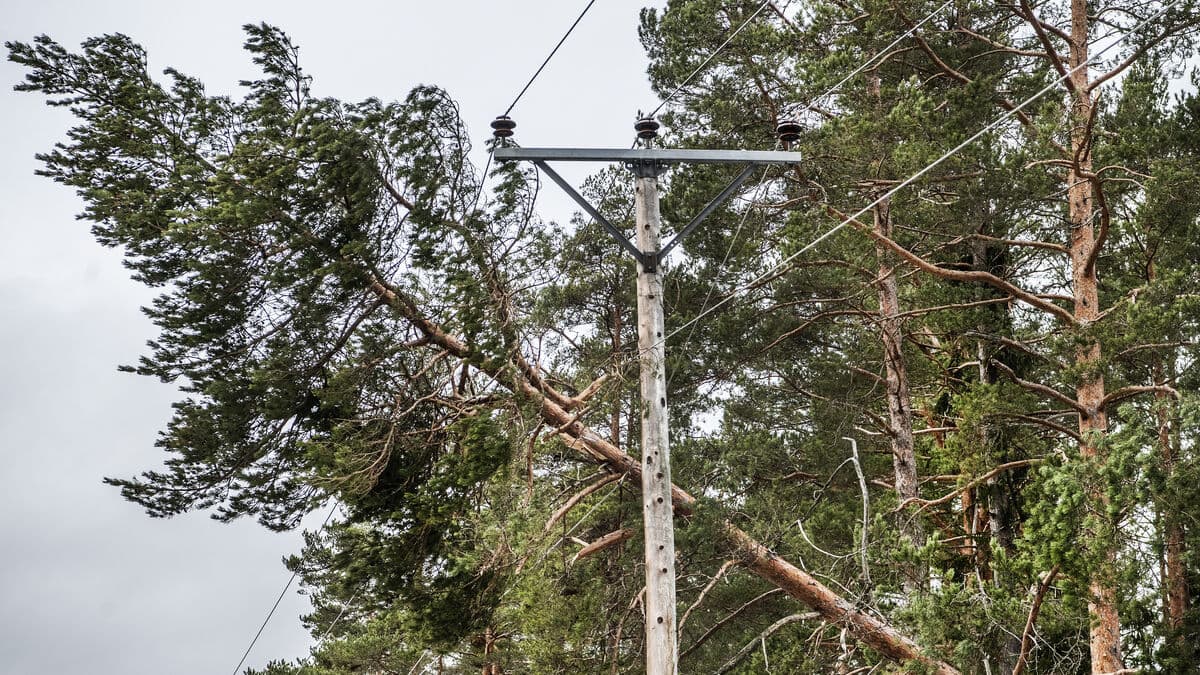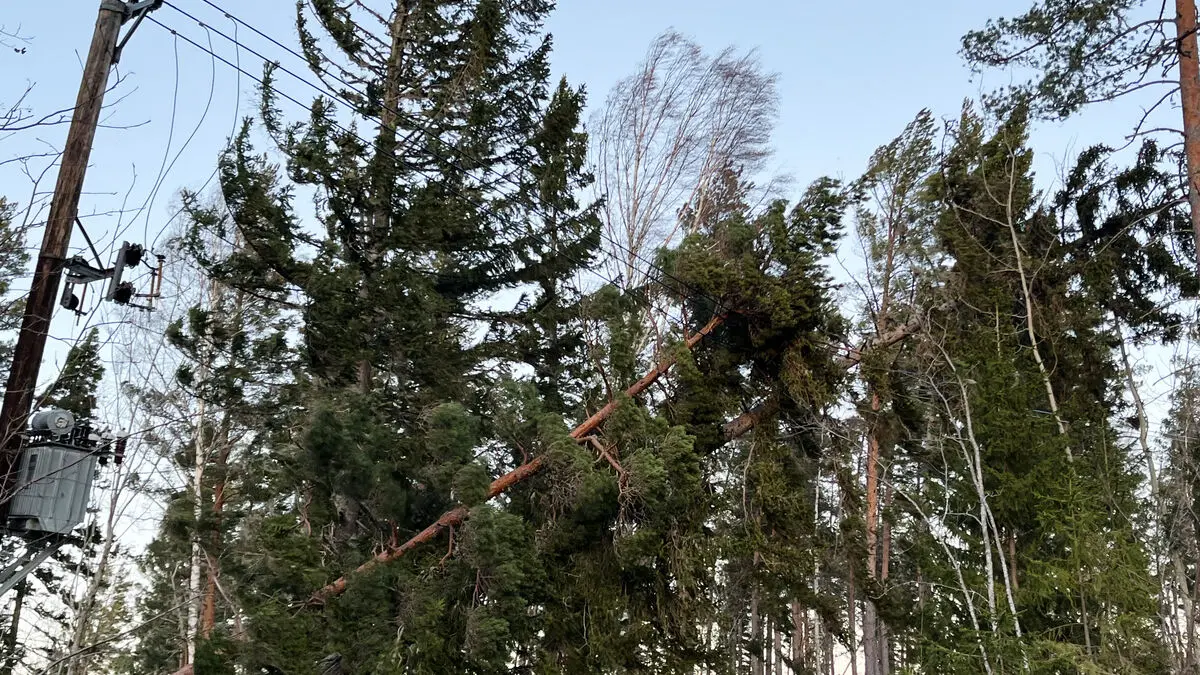The purpose of the proposals is to reduce threats and violence at Sis-homes.
The investigator Caroline Oredsson, who is normally the head of the legal department at the Prison and Probation Service, expresses surprise that several of the tools do not already exist.
For example, it is currently not possible for staff who pick up and transport a young person who has been on a visit outside the home to body-search the young person before transporting them back to the home.
This is completely unacceptable, not least for the staff's safety, she says.
It is also not possible to isolate those involved in a larger disturbance or riot on a unit and lock them in their rooms temporarily.
Room searches
The investigator is now proposing extended opportunities for body searches, including searching young people during transportation. This is to search for weapons and other dangerous objects such as razor blades, sharpened toothbrushes, and glass shards.
To keep Sis-homes free from, for example, narcotics, the proposal also includes extended opportunities for room searches, including routine searches of the rooms.
In threatening situations, such as riots or when individuals smash up a unit, it should be possible to lock in the young people for up to three hours.
Oredsson also proposes that the homes should be able to use entry control systems, such as metal detectors.
Another proposal is a new opportunity to use ankle tags. This should primarily be considered for young people who would not have been allowed to stay outside the home on their own, according to the investigator.
She emphasizes that the children and young people at Sis-homes have very different needs, and that the measures proposed are not intended to be used for everyone.
Sis to be scrapped
The government has announced that Sis will be shut down and reformed into a completely new authority. It will be more focused on care and treatment, since young offenders from 2026 will be placed in youth prisons instead of at Sis.
What is the point of giving extended powers to an authority that is going to disappear?
Young people sentenced to closed youth care will still be in the existing authority until 2030, maybe 2031. That's a long time, and then there needs to be tools for these young people, says Camilla Waltersson Grönvall.
She also sees the extended powers being carried over to the new authority.
The government's investigator proposes several extended and new powers for Sis-homes.
+ Body searches: should be possible both during transportation and at the home without suspicion.
+ Room searches: should be possible on a routine basis. However, a reason will still be required to search for prohibited items.
+ Isolating young people for up to 3 hours in cases of severe disturbance and violence.
+ Ankle tags: for those cared for under the LVU so that they can be allowed to stay outside the Sis-home. For those sentenced to closed youth care to prevent them from absconding.
+ General entry control at homes with elevated security levels.
The law changes are proposed to come into effect on January 1, 2026.
Sis-homes are youth homes run by the state authority Statens institutionsstyrelse, where individualized compulsory care and closed youth care are provided.
There are currently 21 Sis-homes with approximately 700 places.
Most children and young people there are cared for under the Act on Care of Young People (LVU).
Young people who have committed serious crimes and are serving their sentence in closed youth care are also placed at Sis.





